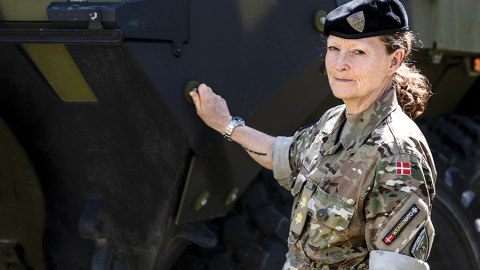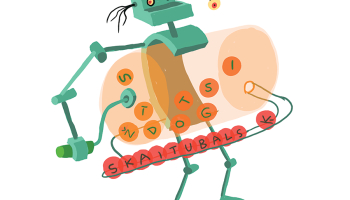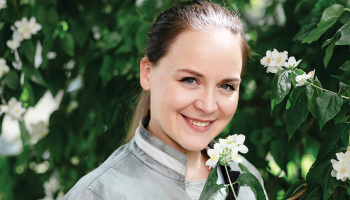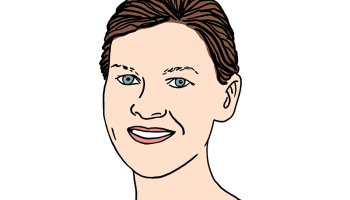
Ilustrācija — Shutterstock
Inflation started to take off about two years ago. In this column I try to dig a little deeper into the numbers of those two years. The conclusions are mostly well-known but here they are anyway.
Conclusion 1) In terms of the EU, Eastern European countries were hardest hit.
Conclusion 2) Inflation numbers for different goods and services are very diverse with energy and food components the hardest hit.
Conclusion 3) With energy and foodstuffs being basic necessities, this has been very painful for many.
Yes, sorry, mostly well-known but here are the numbers presented in some graphs and tables and with a few extra comments.
Figure 1 shows inflation for the two-year period of May 2021 through May 2023, latest available data for all EU27 countries. The ten hardest hit countries all lie in Eastern Europe, therefore Conclusion 1). Reason: Energy and food, the main inflation drivers, are a bigger share in the consumer basket of those countries due to generally lower income per capita. Portugal is at the same level of income as the Baltics but energy is a smaller share of the consumer basket due to warmer weather.













